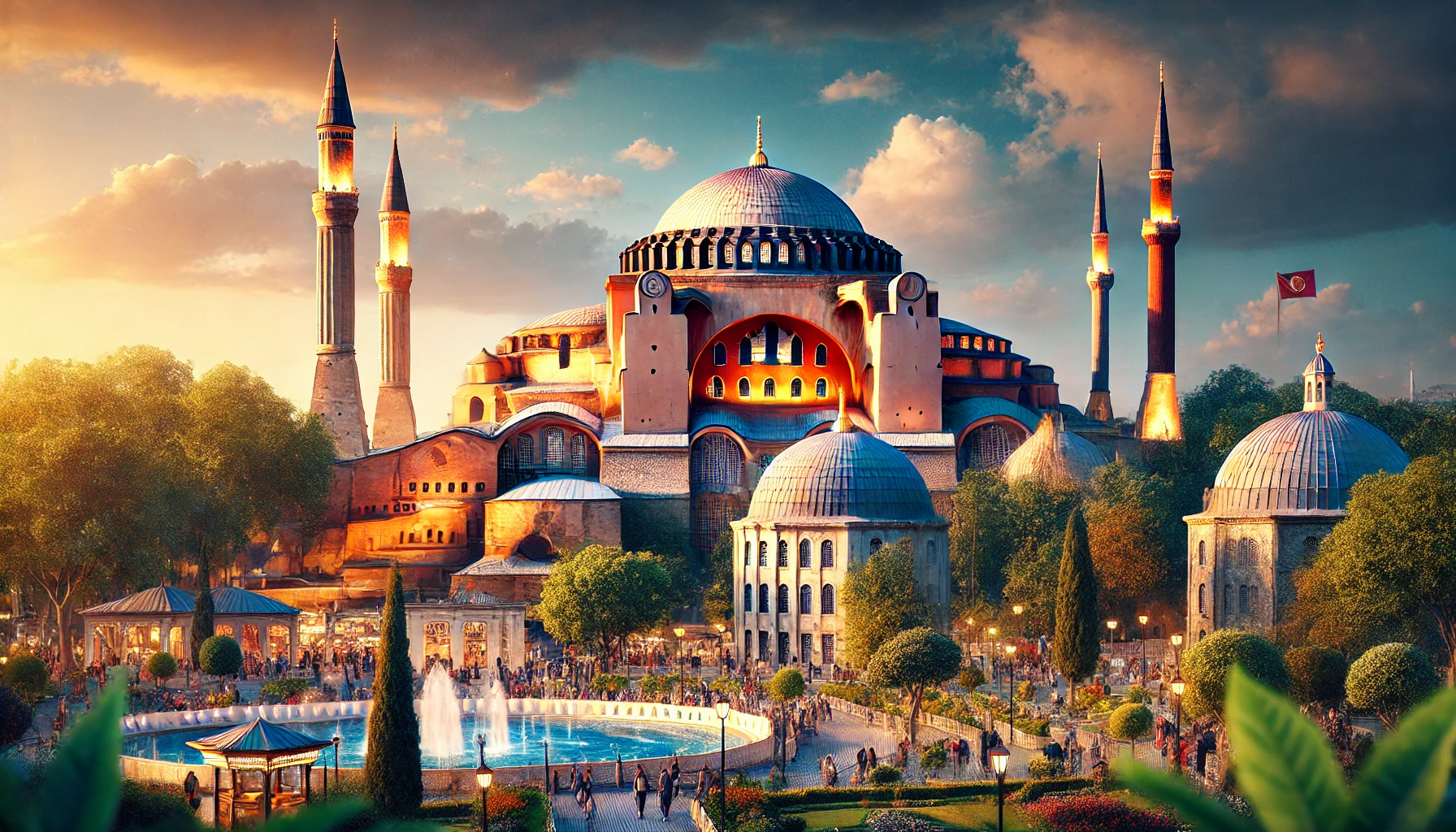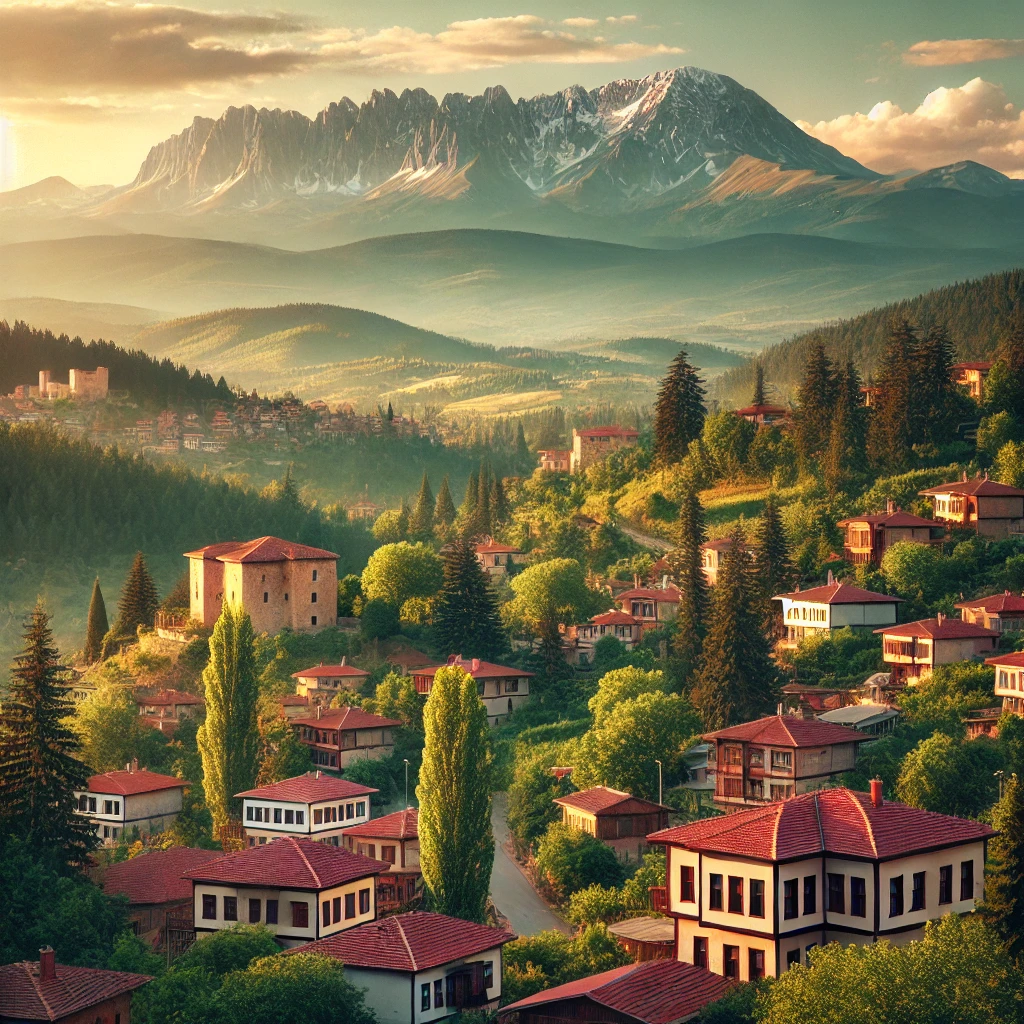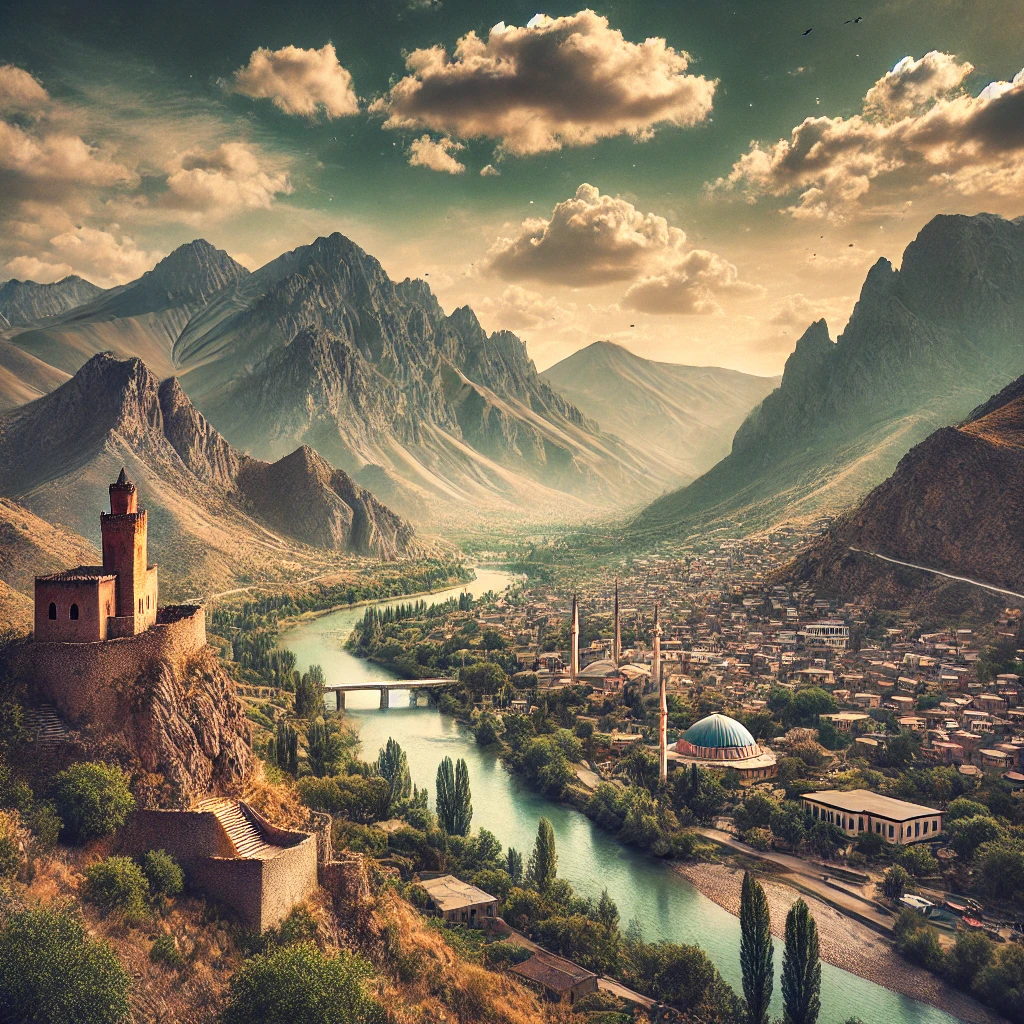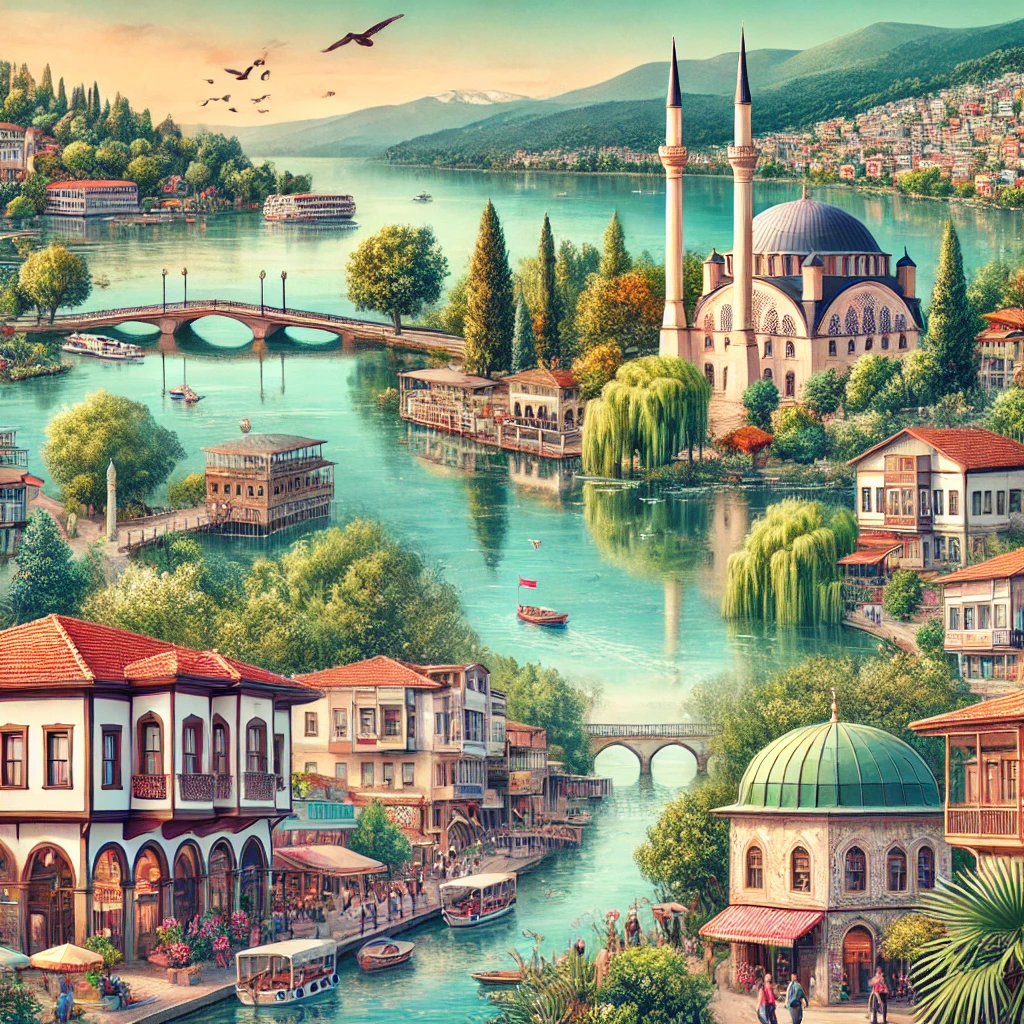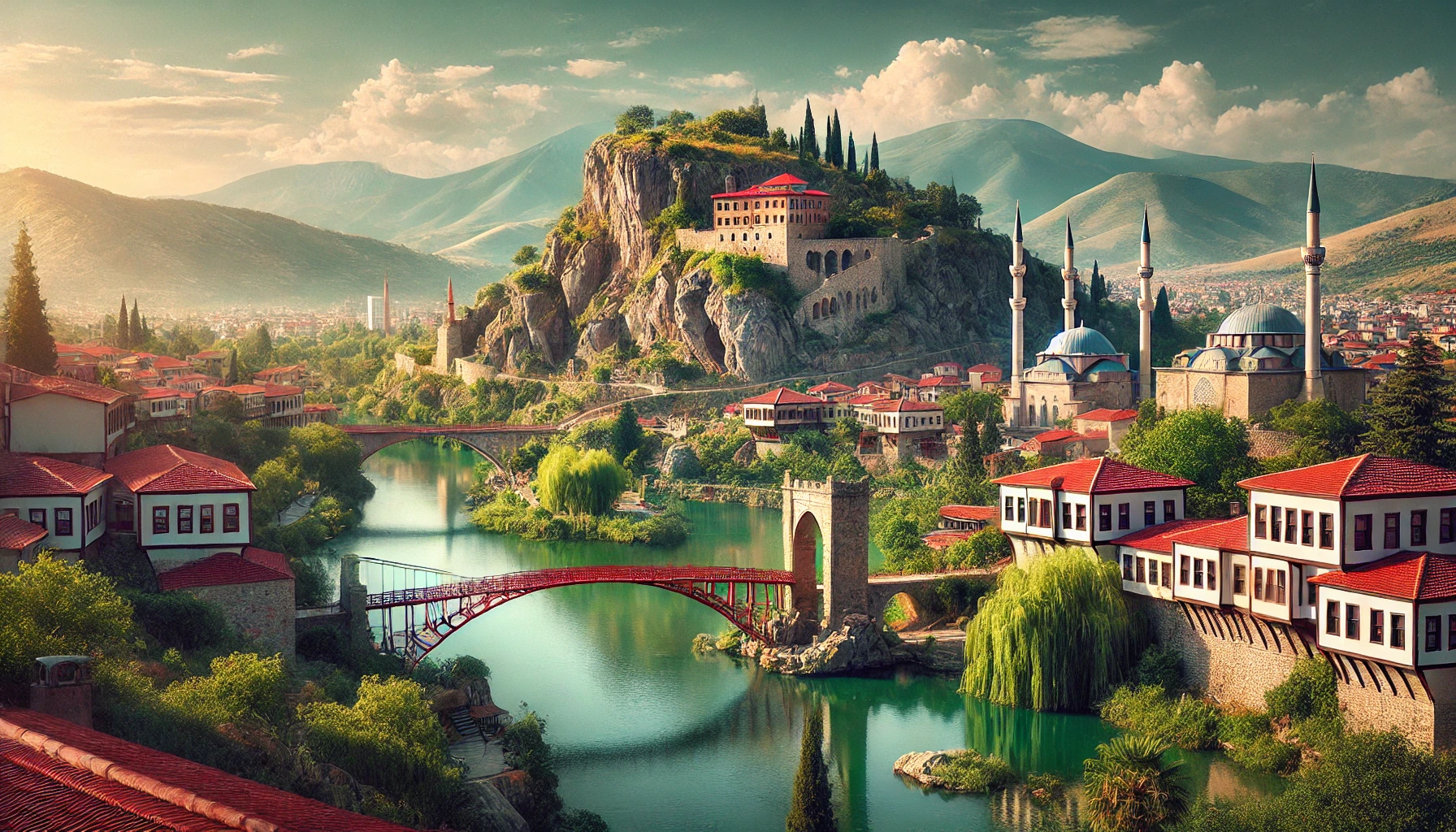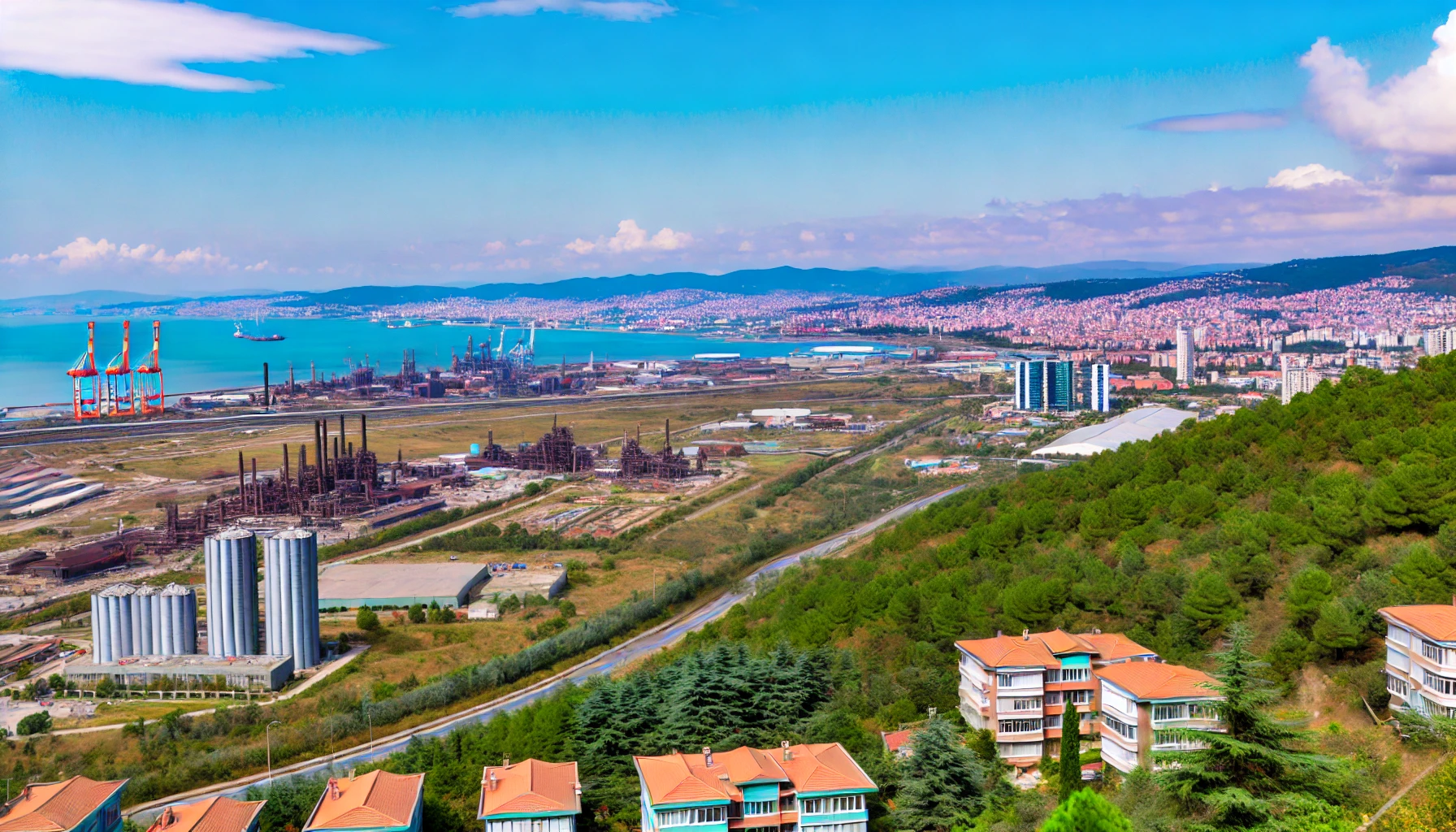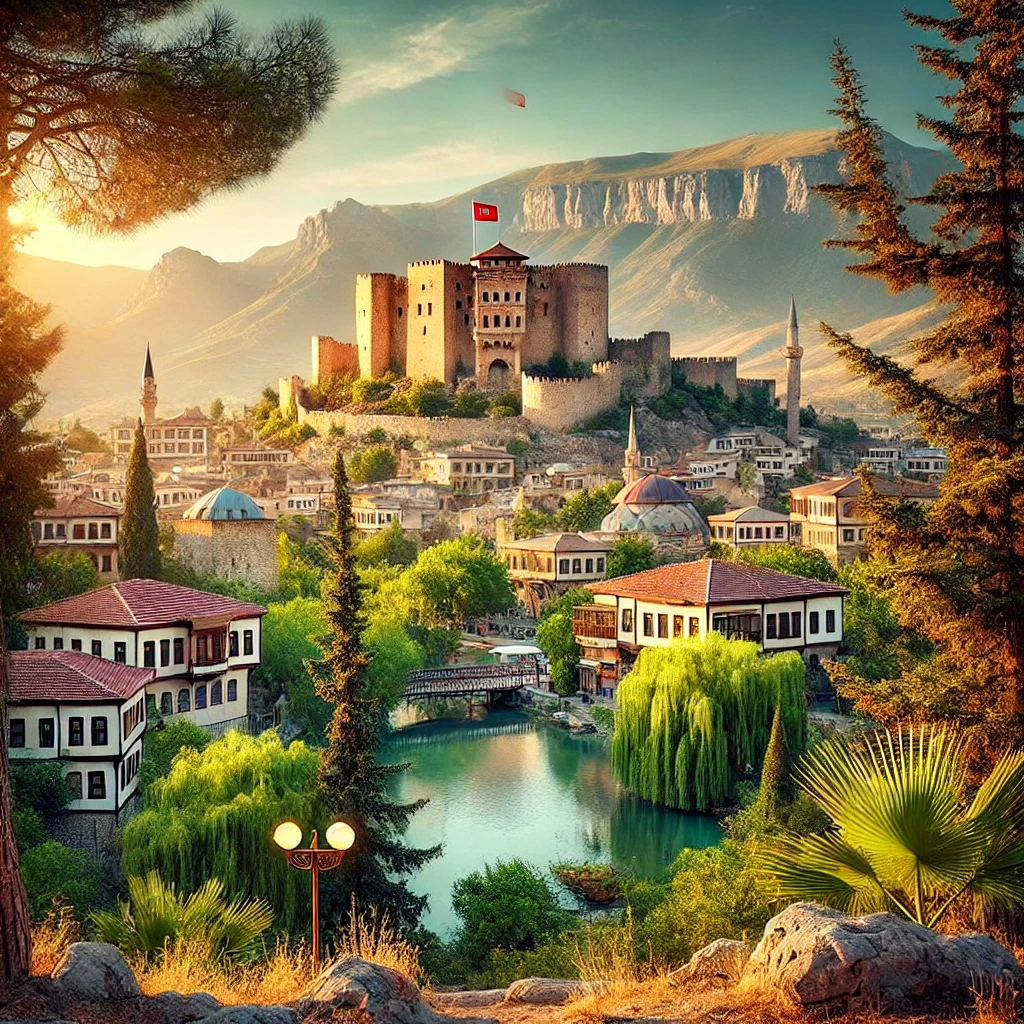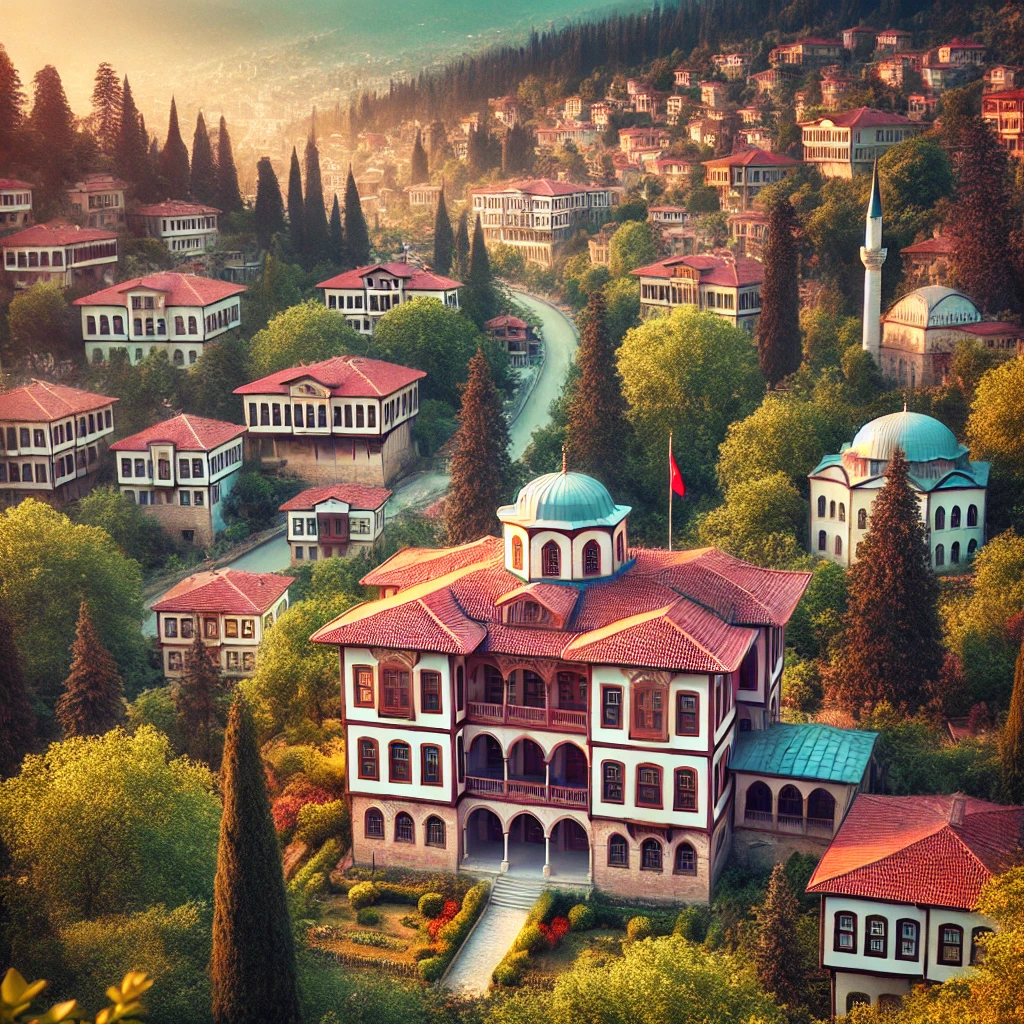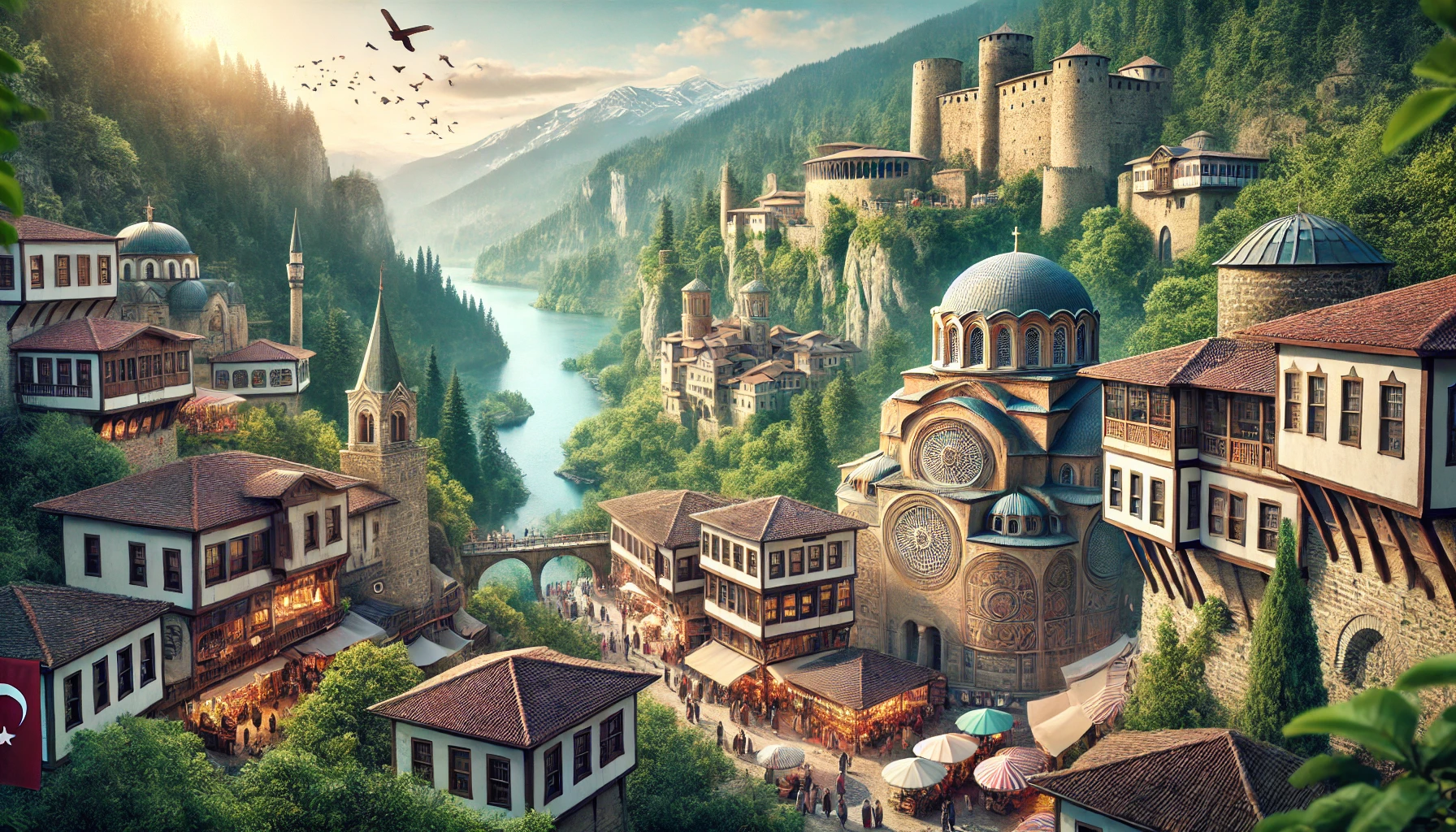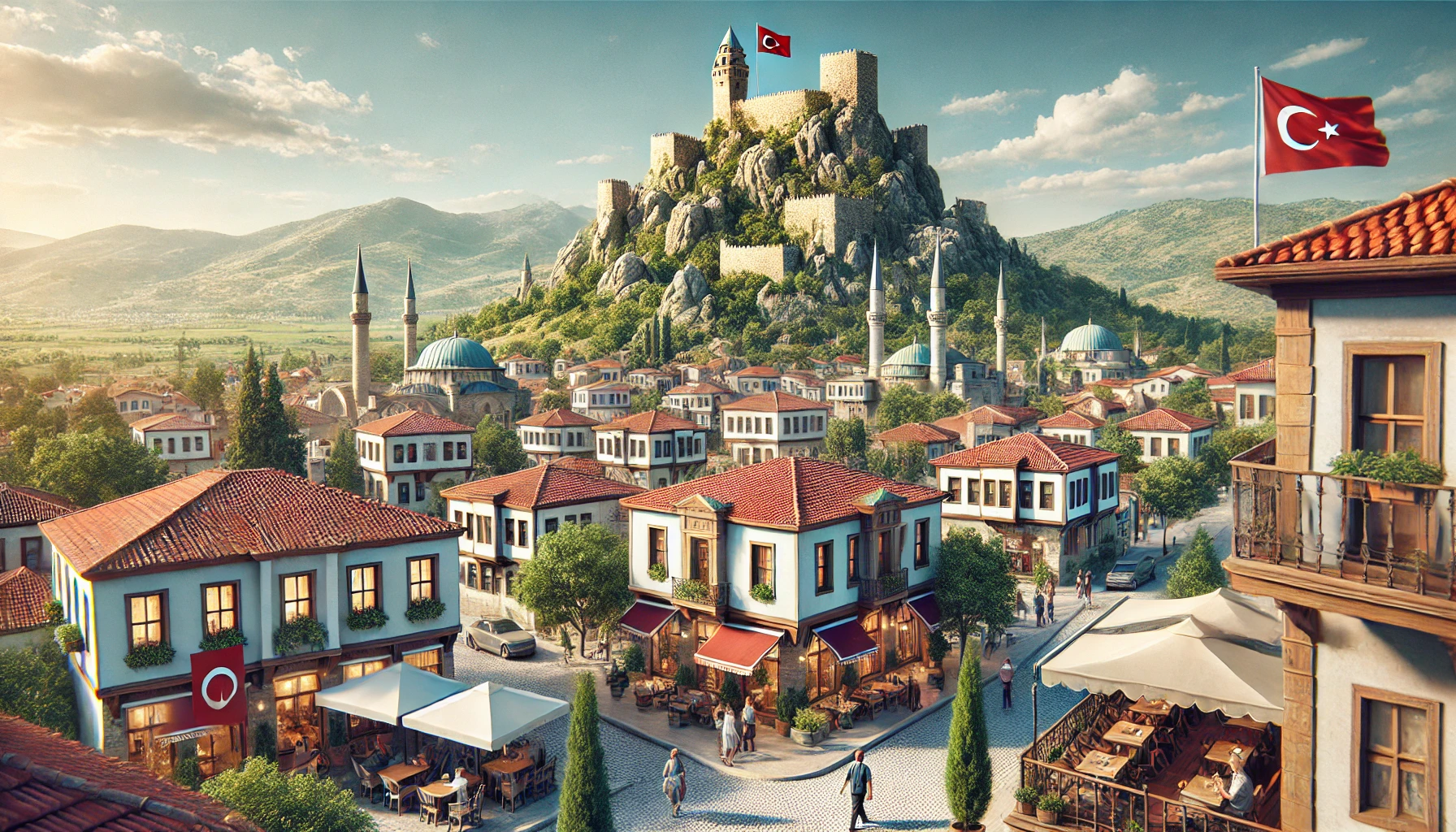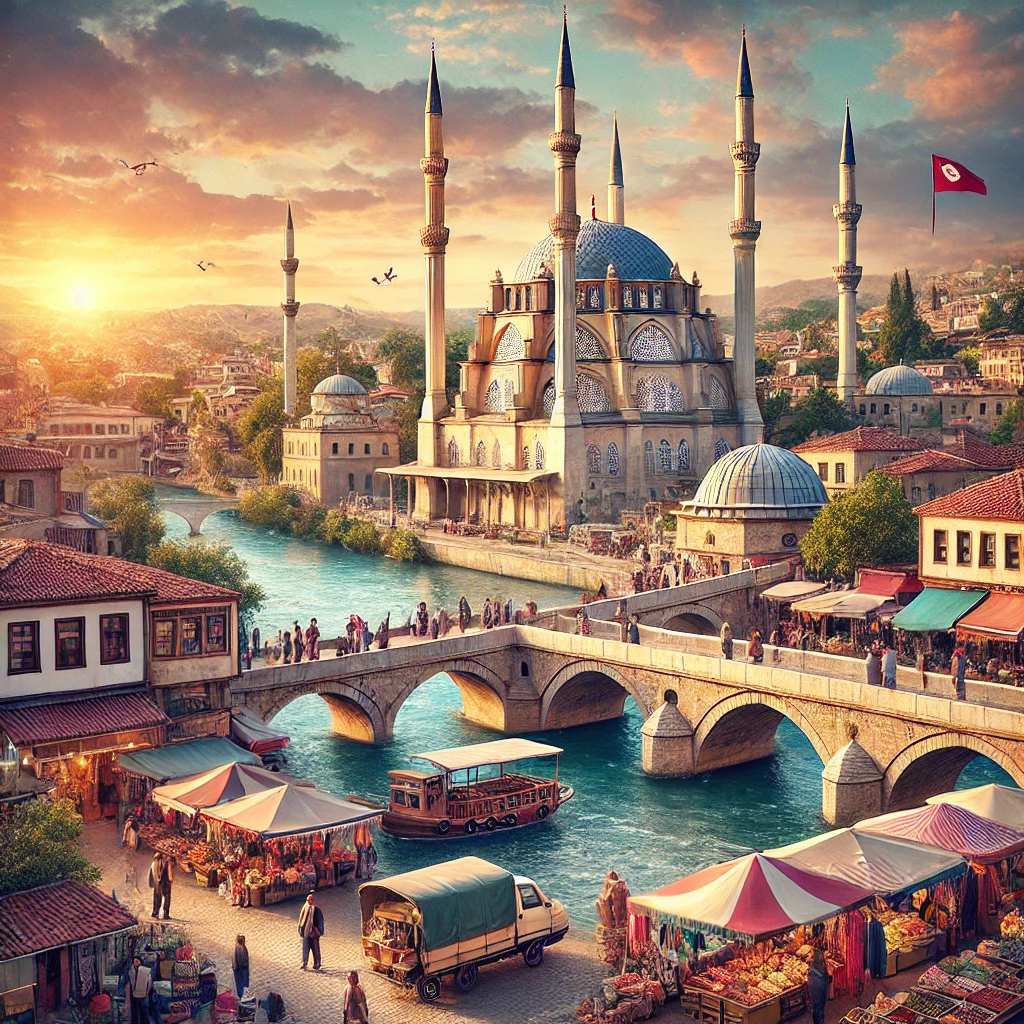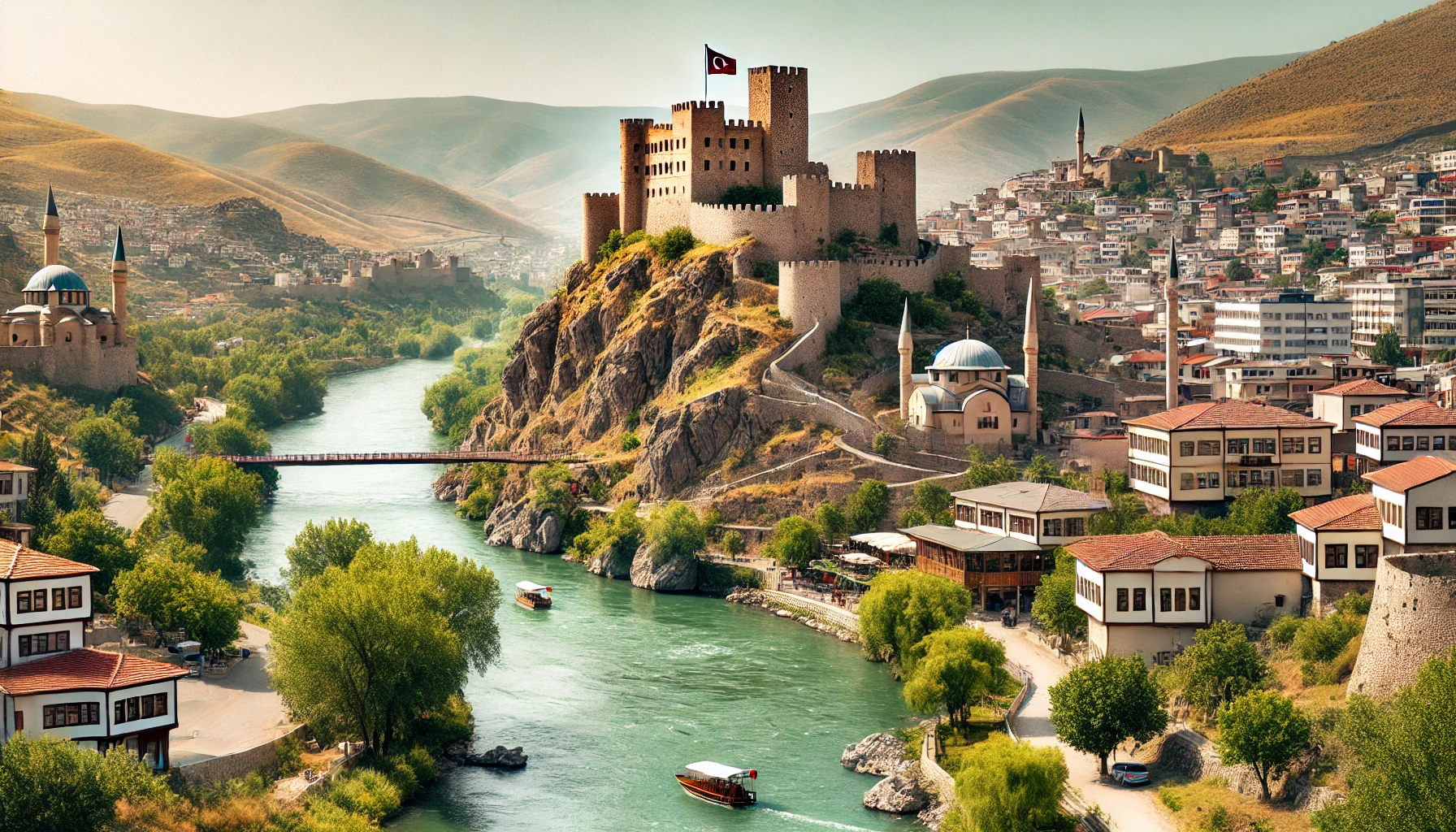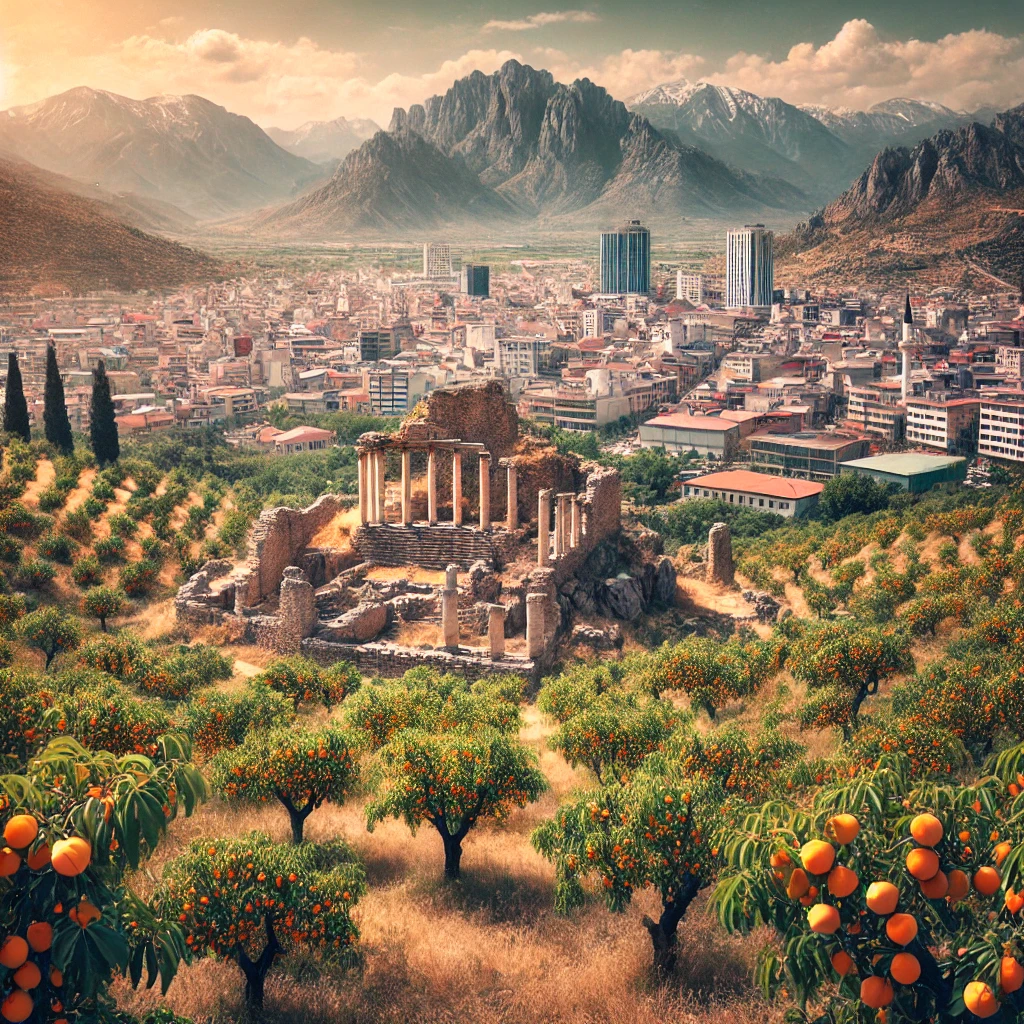Hagia Sophia, Istanbul: A Timeless Journey Through History and Architecture
The Hagia Sophia in Istanbul, Turkey, stands as a monument of grandeur and historical significance. With a rich history that stretches back over a millennium, this iconic building has served as a church, mosque, and museum, reflecting the cultural and religious transformations that have shaped the region. This article delves into the fascinating history, architectural marvels, and cultural significance of the Hagia Sophia, making it a must-visit destination for travel enthusiasts and history buffs alike.
A Historical Overview of Hagia Sophia
Early Beginnings: The First Church
The Hagia Sophia, which means “Holy Wisdom” in Greek, has its roots in the early days of the Byzantine Empire. The first church on this site was established in 360 CE by Emperor Constantius II. Known as the “Great Church” or Magna Ecclesia, it was a wooden-roofed basilica that served as the center of Eastern Orthodox Christianity for centuries.
Key Features of the Early Church:
- Design: The initial structure was a basilica with a wooden roof, reflecting the architectural norms of the time.
- Significance: It quickly became a central religious and cultural hub, symbolizing the power and influence of the Byzantine Empire.
The Nika Riots and Reconstruction by Theodosius II
In 404 CE, the first church was severely damaged by a fire during the riots following the exile of the patriarch John Chrysostom. The second church was constructed under the rule of Emperor Theodosius II in 415 CE, only to be destroyed again during the Nika Riots of 532 CE, a significant uprising against Emperor Justinian I.
Reconstruction Efforts:
- Theodosius II’s Contribution: The reconstruction saw a more elaborate basilica built with stone walls and an expanded layout.
- Destruction and Rebuilding: Despite the grand design, the church met its fate during the infamous Nika Riots, which led to its complete destruction.
Justinian’s Vision: A New Era of Architecture
Emperor Justinian I embarked on a mission to rebuild the Hagia Sophia, transforming it into the architectural marvel we see today. Between 532 and 537 CE, the church was reconstructed under the supervision of renowned architects Isidore of Miletus and Anthemius of Tralles. This iteration of Hagia Sophia was groundbreaking, incorporating a massive central dome that seemed to float above the nave, a feat of engineering that was revolutionary for its time.
Architectural Innovations:
- Dome Construction: The innovative use of pendentives allowed the massive dome to sit atop the square base, creating an awe-inspiring interior space.
- Materials and Design: The use of marble, gold mosaics, and intricate stonework emphasized the empire’s wealth and artistic prowess.
Hagia Sophia: A Spiritual and Cultural Symbol
From Byzantine Cathedral to Islamic Mosque
The Hagia Sophia remained the world’s largest cathedral and a symbol of Byzantine Christianity for nearly a thousand years. However, with the fall of Constantinople to the Ottoman Empire in 1453, Sultan Mehmed II converted it into a mosque, reflecting the region’s shift to Islamic rule.
Islamic Transformations:
- Architectural Additions: Minarets were added, and Christian iconography was replaced or plastered over, aligning with Islamic religious practices.
- Cultural Shift: The Hagia Sophia became a vital center of Islamic worship and a symbol of the Ottoman Empire’s power.
A Museum of History and Art
In 1935, under the leadership of Mustafa Kemal Atatürk, the Hagia Sophia was secularized and transformed into a museum. This move aimed to preserve its historical significance and showcase its architectural and artistic beauty to the world.
Museum Highlights:
- Preservation Efforts: The conversion to a museum allowed for the preservation and restoration of its intricate mosaics and artwork.
- Cultural Significance: As a museum, Hagia Sophia became a place where visitors from all over the world could appreciate the blend of Byzantine and Ottoman influences.
Reversion to Mosque
In July 2020, the Hagia Sophia was reconverted into a mosque, sparking international debate and highlighting its enduring significance in religious and cultural discourse. Despite the change, it remains open to visitors, offering a unique glimpse into its layered history.
Modern-Day Usage:
- Open for Worship: As a functioning mosque, it holds regular prayers while still welcoming tourists.
- Cultural Controversy: The decision to revert its status was met with mixed reactions, reflecting its complex identity as a symbol of both Christian and Islamic heritage.
Architectural Marvels of Hagia Sophia
The Majestic Dome
One of the most striking features of Hagia Sophia is its magnificent dome, which spans 31 meters in diameter and reaches a height of 55.6 meters. The dome’s innovative design, supported by four massive pendentives, allows it to appear as if it is floating above the central nave.
Engineering Feats:
- Pendentive Innovation: The use of pendentives was a revolutionary architectural technique that allowed the circular dome to rest on a square base.
- Structural Challenges: Over the centuries, the dome has undergone several restorations due to damage from earthquakes, showcasing the resilience and ingenuity of Byzantine engineering.
Intricate Mosaics and Marble Decorations
The interior of Hagia Sophia is adorned with stunning mosaics and marble decorations that reflect the artistic achievements of the Byzantine Empire. These mosaics, which depict religious figures and scenes, are a testament to the craftsmanship and devotion of Byzantine artists.
Artistic Highlights:
- Mosaic Masterpieces: The mosaics of Christ Pantocrator and the Virgin Mary are among the most famous, illustrating the religious fervor and artistic talent of the era.
- Marble Splendor: The use of polychrome marble panels adds to the visual grandeur, creating an atmosphere of opulence and reverence.
Architectural Influences and Legacy
Hagia Sophia’s architectural style has inspired countless religious structures, both Christian and Islamic. Its iconic dome and harmonious design have influenced the construction of many Ottoman mosques, such as the Süleymaniye Mosque and the Blue Mosque in Istanbul.
Cultural Impact:
- Byzantine Influence: As a quintessential example of Byzantine architecture, Hagia Sophia set the standard for Orthodox church designs for centuries.
- Ottoman Inspiration: The structural and aesthetic elements of Hagia Sophia have been emulated in numerous Ottoman architectural projects, highlighting its lasting legacy.
Exploring Hagia Sophia: A Visitor’s Guide
Practical Information for Travelers
Visiting Hagia Sophia is a must for anyone traveling to Istanbul. Here are some practical tips and information to help you make the most of your visit:
Opening Hours and Admission:
- Visiting Hours: Hagia Sophia is open daily, with specific times allocated for tourist visits outside of prayer times.
- Entrance Fees: While there is no entrance fee for worshippers, tourists may be required to purchase a ticket for access to certain areas.
Getting There:
- Location: Hagia Sophia is situated in the historic Sultanahmet district of Istanbul, easily accessible by public transportation.
- Transportation Options: Trams, buses, and taxis are available, making it convenient to reach this iconic landmark.
Exploring the Surrounding Area
The Hagia Sophia is located in a vibrant part of Istanbul, surrounded by other historical sites and attractions. Here are some nearby landmarks you won’t want to miss:
Topkapi Palace:
- Historical Significance: Once the residence of Ottoman sultans, this palace offers a glimpse into the opulent lifestyle of the empire’s rulers.
- Museum Exhibits: Visitors can explore various exhibits showcasing Ottoman artifacts, including weapons, clothing, and religious relics.
The Blue Mosque:
- Architectural Wonder: Known for its stunning blue tiles and grand architecture, the Blue Mosque is one of Istanbul’s most iconic religious sites.
- Visitor Experience: Open to visitors outside of prayer times, offering a peaceful atmosphere for reflection and exploration.
Basilica Cistern:
- Underground Marvel: This ancient underground water reservoir is a testament to Byzantine engineering, featuring impressive columns and eerie lighting.
- Unique Experience: Visitors can walk along elevated platforms, exploring the cistern’s mysterious and captivating interior.
Experiencing Istanbul’s Culture and Cuisine
No visit to Istanbul is complete without experiencing its rich culture and diverse culinary offerings. Here are some recommendations for immersing yourself in the local culture:
Culinary Delights:
- Traditional Turkish Cuisine: Indulge in delicious dishes such as kebabs, mezes, and baklava at local restaurants and eateries.
- Street Food Adventure: Explore the bustling streets and savor popular street foods like simit, döner kebab, and roasted chestnuts.
Cultural Experiences:
- Grand Bazaar: Dive into the vibrant atmosphere of one of the world’s largest covered markets, offering everything from textiles to spices.
- Turkish Baths: Relax and unwind in a traditional Turkish bath, experiencing the rejuvenating rituals of hammam culture.
Hagia Sophia: A Testament to Istanbul’s Rich Heritage
Cultural Significance and Global Impact
The Hagia Sophia stands as a symbol of Istanbul’s rich cultural heritage, representing the city’s historical journey from Byzantine to Ottoman rule. Its enduring legacy continues to inspire awe and admiration worldwide.
Symbol of Unity:
- Religious Harmony: The Hagia Sophia’s transformation over the centuries reflects the complex interplay between Christianity and Islam, highlighting the region’s diverse cultural fabric.
- Cultural Exchange: As a museum, it served as a bridge between different cultures, welcoming visitors from all walks of life to appreciate its architectural and historical significance.
Preserving History for Future Generations
Efforts to preserve the Hagia Sophia’s architectural and artistic treasures are ongoing, ensuring that future generations can continue to marvel at its splendor.
Restoration Projects:
- Conservation Efforts: Ongoing restoration work focuses on preserving the building’s structural integrity and intricate mosaics, safeguarding its historical and artistic value.
- International Collaboration: Preservation projects involve experts from around the world, emphasizing the global importance of this cultural landmark.
Conclusion: Discover the Timeless Beauty of Hagia Sophia
The Hagia Sophia, with its rich history, architectural brilliance, and cultural significance, remains a beacon of human achievement and a testament to the enduring spirit of Istanbul. Whether you’re a history enthusiast, an architecture aficionado, or a curious traveler, a visit to this magnificent monument promises an unforgettable journey through time and culture. As you explore the Hagia Sophia, you’ll be transported through the ages, experiencing the vibrant tapestry of history that makes Istanbul one of the world’s most captivating cities.
Latest Update: Aug 4, 2024
Your Content Goes Here
Discover Hagia Sophia, Istanbul on the Map
Hagia Sophia, Istanbul
TAGS: ancient architecture, architectural history, architectural innovation, architectural marvel, architecture, Byzantine, Byzantine architecture, Byzantine art, Byzantine Church, Byzantine Empire, Byzantine legacy, Byzantine mosaics, Christian church, cultural heritage, cultural icon, cultural significance, cultural tourism, dome architecture, Hagia Sophia, Hagia Sophia facts, Hagia Sophia history, historical landmark, historical site, iconic landmark, Istanbul, Istanbul attractions, Istanbul culture, Istanbul guide, Istanbul history, Istanbul landmarks, Istanbul sightseeing, Istanbul tourism, Justinian I, mosque, museum, must-see Istanbul, Ottoman, Ottoman Empire, Ottoman history, Ottoman mosque, religious architecture, Sultan Mehmed II, tourism, tourist attraction, tourist destinations, travel, travel guide, Turkey, Turkey travel, Turkish history, Turkish travel, UNESCO World Heritage, UNESCO World Heritage Site
A brief summary of the key points in this article.
Latest Travel Guides
Weather Today in Hagia Sophia, Istanbul, Turkey
Location: Istanbul
Temperature: 15.09°C
Condition: Broken clouds

